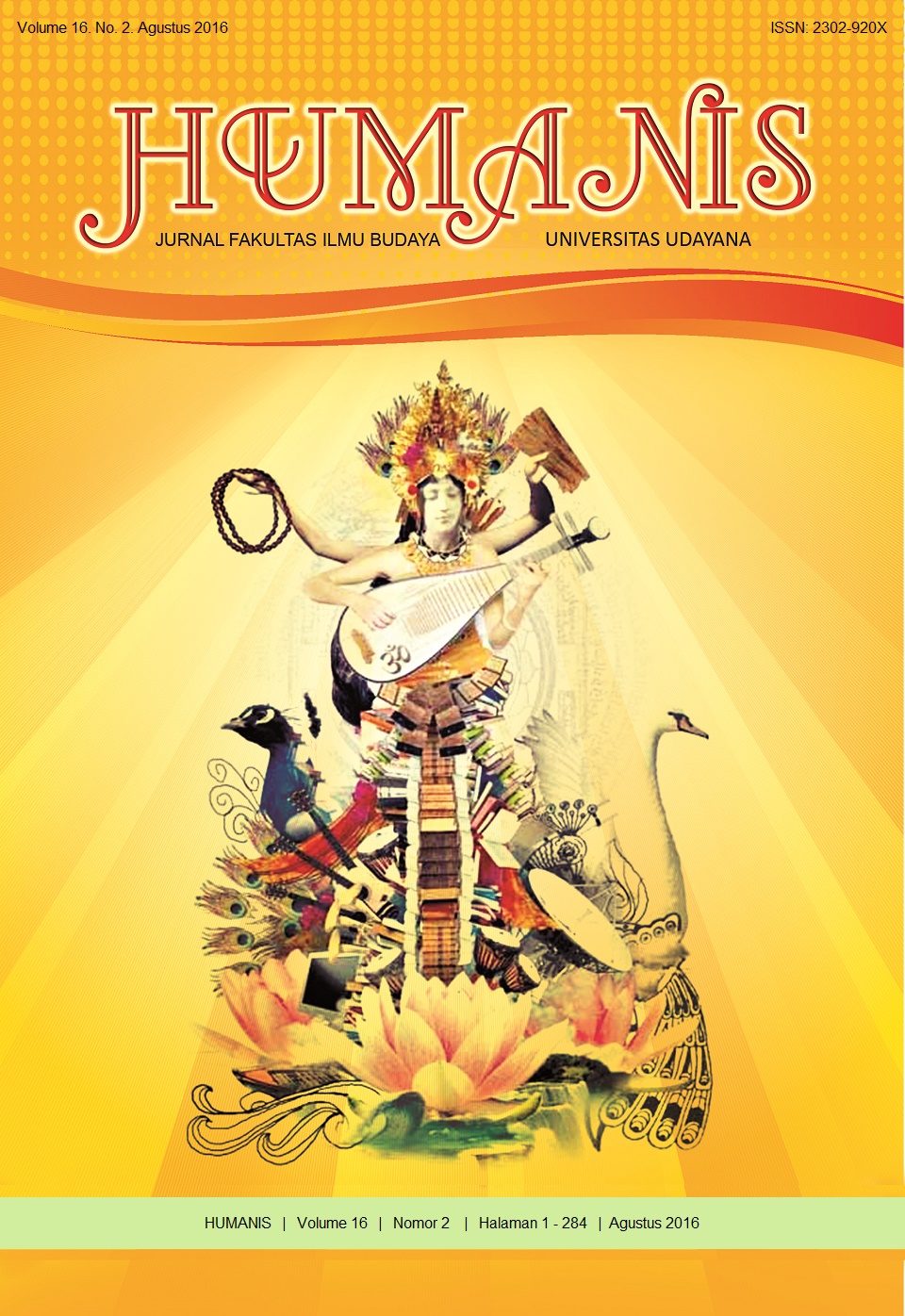TENUN IKAT MASYARAKAT KAMPUNG NDAO DI KECAMATAN LOBALAIN KABUPATEN ROTE NDAO PROVINSI NUSA TENGGARA TIMUR
Abstract
The technique of “ikat” (tied dyed) weaving on Rote island is the source of a traditional handicraft production done exclusively by women in the Ba’a society.That craft industry is of major significance in their community. It stores a variety of important things pertaining to the survival of the Rotinese society, especially for the people of Ba’a. The important thing is the meaning contained in the ikat weaving, such as historical and cultural significances as well as maintaining social economy. In addition to that, this craft production has a greater function in keeping the roots of society together.This article discusses some of the main questions such as: (1) What are the type and the process of ikat weaving in the Ba’a community, district of Lobalian? (2) What is the function of ikat weaving in the survival of the Ba’a society? Those two issues are guided by a frame work of in situ research on the function and the symbolism. The system used to research the ikat function was done with interviews on location with observations and documentation. This article discusses two issues mentioned previously. First is the technique then the type of weaving made for the community of Ba’a. The process of weaving is still very traditional. Ikat weaving is done in a noble way as an inheritance from their ancestors. There are three types of clothes such as scarves, tubular sarongs and man mantels. Ikat weaving has four functions which are cultural, social, economic and environmental.


















